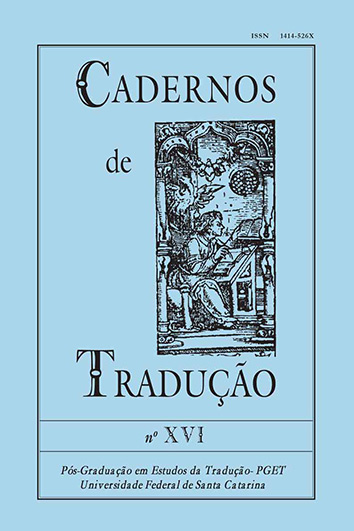Dubbing and manipulation: The name of the rose, a case study.
DOI :
https://doi.org/10.5007/%25xRésumé
In this article, we illustrate the possibilities of manipulation offered by dubbing as a modality of audiovisual translation with some examples extracted from the film The name of the rose, directed by the French Jean-Jacques Annaud (1986), and based on the novel by Umberto Eco Il nome della rosa (1980). Firstly, we will concentrate on the changes operated in the Italian version, which could be divided into different categories. It is observed that the speech of the narrator is remarkably longer. By analysing the content of the sentences added, we can clearly hear the echoes of some passages of the novel and, in some instances, we can even find an utterance suspiciously similar to Eco’s bestseller. Some of the characters’ utterances are enlarged during the dialogues, and there is even a whole new scene. Secondly, we will examine the changes operated in the French version. This time we also find some enlargements with respect to the English version, although not as important as in the Italian case, and also a new scene. In this version, what is more noticeable during the whole film is the accent of the characters, which tries to reflect the origin of the different monks living in the abbey. Finally, we will say a few words about the Spanish version, which appears to be the most faithful to the original version.Téléchargements
Publiée
Comment citer
Numéro
Rubrique
Licence
(c) Tous droits réservés Cadernos de Tradução 2005

Ce travail est disponible sous la licence Creative Commons Attribution 4.0 International .
Autores têm autorização para assumir contratos adicionais separadamente, para distribuição não exclusiva da versão do trabalho publicada nesta revista (ex.: publicar em repositório institucional ou como capítulo de livro, com reconhecimento de autoria e publicação inicial nesta revista).





















































